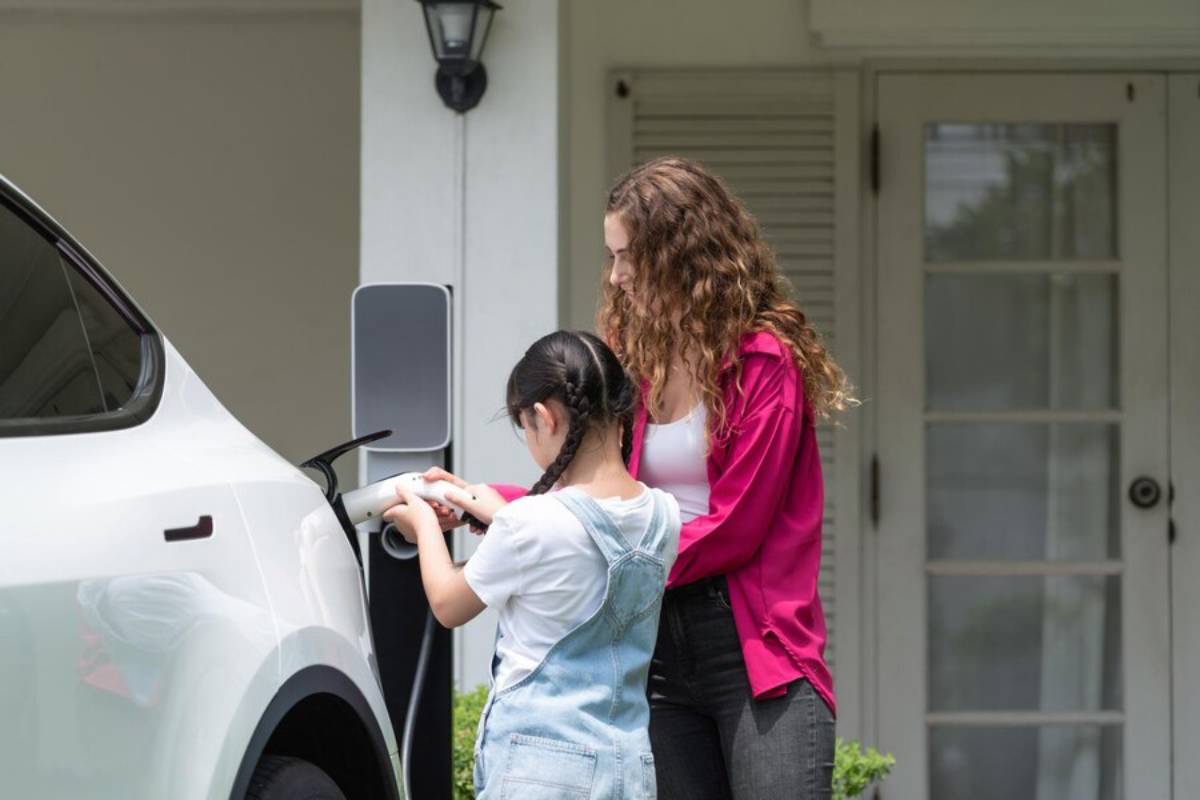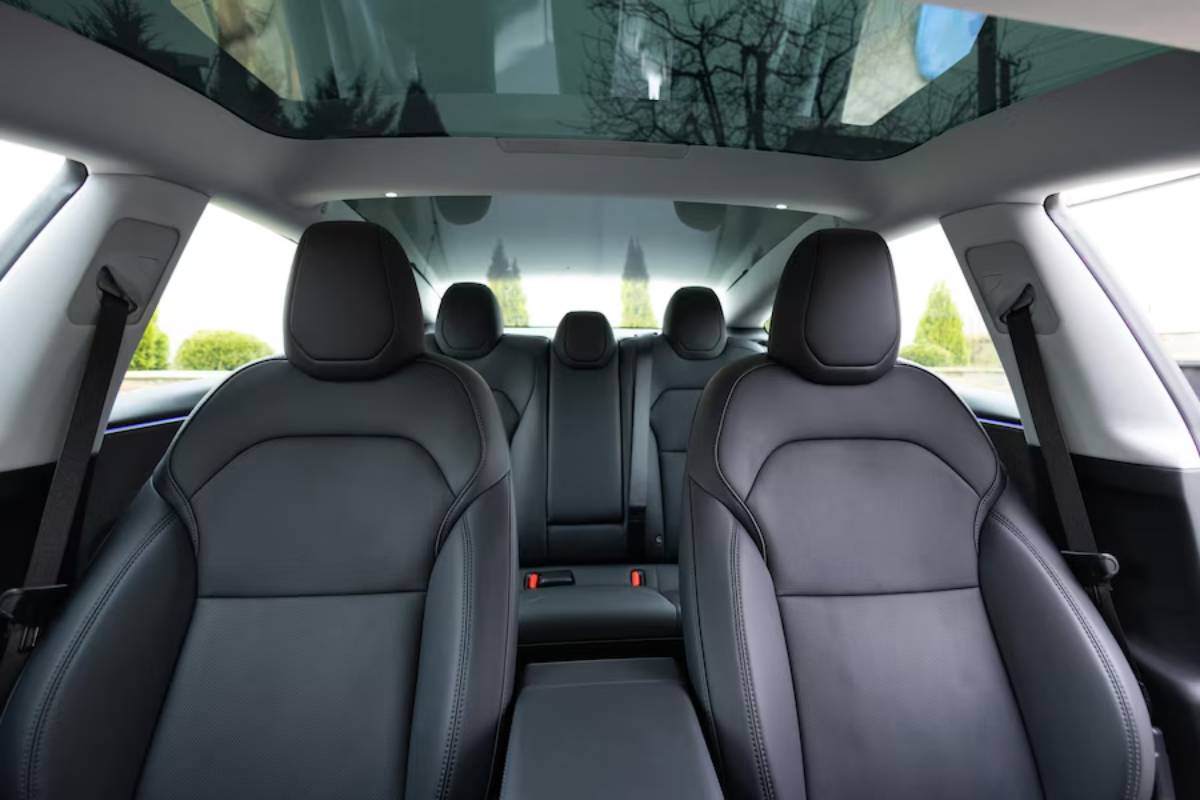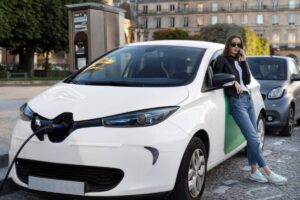The Automobiles & Vehicles Blog

How to Choose the Right Electric Car for Your Needs
With more electric vehicles (EVs) on the road than ever, choosing the right one can feel overwhelming.
Our team found that selecting the best electric car starts with understanding your lifestyle, driving habits, and long-term goals—not just the flashiest specs or the newest models. From range anxiety to charging access, EVs come with unique considerations. But once you know what to look for, choosing becomes less about compromise and more about alignment.
This guide will help you navigate the key decisions in electric car selection, so you can confidently pick an EV that suits your daily life, budget, and personal values.
Pro Tip: The “best” EV isn’t the most expensive—it’s the one that fits your needs with ease and efficiency.
Quick Guide: What to Consider When Choosing an Electric Car
- Determine your typical driving range requirements.
- Consider charging options—at home, work, or public stations.
- Compare EV types: fully electric vs plug-in hybrid.
- Prioritise features like space, tech, and safety based on your lifestyle.
- Review total cost of ownership, including incentives and running costs.
- Test drive and research real-world reviews.
- Check warranty coverage and battery guarantees.
Important: Choosing an EV is a long-term investment. Think beyond first impressions and evaluate the full ownership experience.
Step 1: Define Your Driving Habits
Your daily routine is the most practical starting point. How far do you typically drive? Where do you go? How often?
Ask Yourself:
- Do I have a regular commute?
- How often do I take long trips?
- Is this my only vehicle, or part of a household fleet?
- Will I use the car mostly in the city, suburbs, or on motorways?
Guideline:
- Short daily drives (<100 km/day): A smaller EV with 250–350 km range is ideal.
- Mixed driving (commuting + occasional trips): Aim for 400–500 km range.
- Frequent road trips: Consider a long-range EV with fast charging support.
Step 2: Evaluate Charging Access
Charging is central to the EV experience. Consider where and how you’ll recharge.
Charging Options:

- Home charging (Level 2): Ideal for overnight full charges. Requires a driveway or garage with charging setup.
- Workplace charging: Convenient, but less common.
- Public DC fast chargers: Found at service stations or retail parks; recharge 80% in ~30 minutes.
- On-street slow chargers (Level 1): Useful in urban areas but time-consuming.
Pro Tip: If you can install a home charger, your EV experience will be significantly easier and more cost-effective.
Step 3: Choose the Right Type of EV
There’s more than one kind of electric vehicle. Your lifestyle and access to charging will influence which makes the most sense.
EV Types:
- Battery Electric Vehicle (BEV): Fully electric, zero emissions. Ideal for eco-conscious drivers with charging access.
- Plug-In Hybrid Electric Vehicle (PHEV): Combines a small battery (for short electric-only trips) with a petrol engine.
- Hybrid (HEV): Not plug-in. Uses a petrol engine with regenerative braking. Not considered a true EV.
Go fully electric (BEV) if possible—fewer moving parts, lower emissions, and better long-term value.
Step 4: Compare EV Range and Performance
Range varies widely—from under 250 km to over 600 km per charge. But real-world driving depends on factors like weather, driving style, and road type.
Questions to Ask:
- Is the quoted range WLTP or EPA? (EPA is generally more realistic.)
- How much range do I really need between charges?
- Does the car offer regen braking to extend range in the city?
Sample Categories:
- City cars (e.g. Mini Electric, Fiat 500e): 180–300 km
- Mid-range (e.g. Kia EV6, VW ID.4): 400–500 km
- Long-range (e.g. Tesla Model Y, Hyundai IONIQ 6): 500–600+ km
Tip: Don’t overpay for unnecessary range if your daily driving is minimal.
Step 5: Prioritise Interior Space, Comfort, and Features
Functionality matters. Think about your passengers, storage needs, and tech preferences.
Features to Consider:

- Interior space: Seating configuration, headroom, boot capacity
- Infotainment system: Touchscreen layout, smartphone compatibility
- Driver assistance: Adaptive cruise control, lane-keeping, parking sensors
- Heated seats/steering wheel: Especially valuable in colder climates
Families may prioritise space and safety; solo drivers might prefer sleek tech and design.
Step 6: Review Total Cost of Ownership
An EV’s sticker price is only part of the equation. Consider:
- Government incentives or tax breaks
- Fuel savings (vs petrol/diesel)
- Maintenance savings (fewer moving parts, no oil changes)
- Insurance costs (may vary by brand or battery value)
- Battery degradation and warranty
Cost Example:
- A petrol car may cost less upfront but more over five years.
- EVs may be more expensive initially, but cheaper to operate and maintain.
Use tools like EV cost calculators to compare total ownership costs over time.
Step 7: Check Charging Speed and Compatibility
Charging isn’t just about access—it’s about time.
Check:
- Max charging speed (kW): How fast it can recharge at DC fast chargers
- AC charging compatibility: For home or public slow chargers
- Cable type: Type 2 (AC) is standard in Europe
Tip: Fast charging speed matters most if you travel long distances regularly.
Step 8: Consider Battery Life and Warranty
Battery longevity is a common concern—but manufacturers offer generous warranties.
Look For:
- 8-year or 160,000 km warranties on battery capacity
- Battery degradation guarantees (e.g. maintain at least 70% capacity)
- Cooling systems that protect batteries in hot/cold climates
Good to Know: Modern EV batteries are very reliable. Most retain over 80% capacity after 8–10 years.
Step 9: Take a Test Drive and Research Reviews
The EV driving experience is unique—instant torque, silent cabins, regenerative braking. A test drive is essential.
What to Observe:
- Driving position and visibility
- Ride comfort and cabin noise
- Ease of infotainment controls
- One-pedal driving feel (if available)
- Real-time energy usage feedback
Tip: Use online forums, Reddit threads, or YouTube reviews to get honest, real-world owner experiences.
Top Recommended EVs by Lifestyle (2025 Edition)
| Use Case | Best Models |
| Urban driving / Short commutes | Fiat 500e, Mini Electric, Renault Zoe |
| Family vehicle | Hyundai IONIQ 5, Kia EV9, Tesla Model Y |
| Long-range travel | Polestar 2 Long Range, Tesla Model 3, Hyundai IONIQ 6 |
| Luxury / Premium | Audi Q8 e-tron, BMW iX, Mercedes EQE |
| Budget-conscious | MG4 EV, Dacia Spring, Nissan Leaf |
Warning: Don’t choose an EV solely based on range or hype. If the car doesn’t fit your lifestyle—charging setup, space needs, driving comfort—you’ll be frustrated, no matter the badge.
Frequently Asked Questions
1. How long does it take to charge an EV?
It depends. With a 7kW home charger, most EVs take 6–10 hours. DC fast chargers can top up 80% in 30–40 minutes.
2. Are EVs really cheaper to run?
Yes. Electricity typically costs less per kilometre than fuel, and maintenance is lower due to fewer moving parts.
3. What if I can’t charge at home?
Use public networks or charge at work. Some EVs offer flexible battery sizes or subscription-based charging services.
4. How long do EV batteries last?
Most last 8–15 years, with gradual capacity decline. Warranties usually cover at least 8 years or 160,000 km.
5. Is it better to lease or buy an EV?
If you’re worried about battery tech evolving, leasing offers flexibility. But buying is better long-term if you intend to keep the car 5+ years.
Match the Car to Your Life
Choosing the right electric car isn’t about chasing specs—it’s about matching technology to your lifestyle. With the right research, a few test drives, and a clear understanding of your needs, you can find an EV that brings freedom, comfort, and sustainability into your daily life.
So whether you’re upgrading your commute or making your first foray into electrified driving, let your values—and your driving habits—lead the way.









